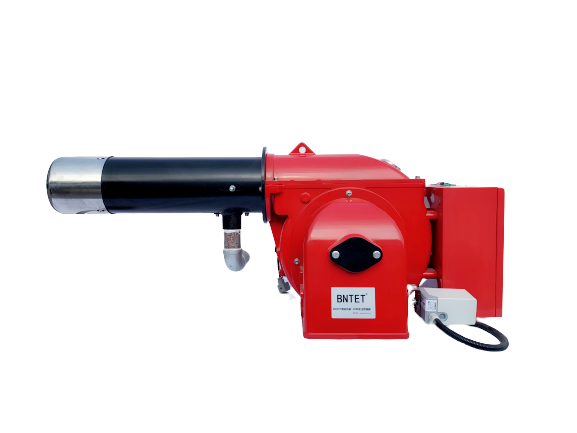
Our country is rich in natural gas and coal-based gas (the raw material is coal) resources; they are clean energy sources, and Gu has good social and economic benefits. Gas burners are in line with my country's industrial policy, and the market prospects are very good, with great development prospects. However, in the development and design of gas burners, gas characteristics: flammability, explosiveness and toxicity are the primary issues for safety control. The following describes the safety control requirements of gas burners:
According to the combustion characteristics of gas in the furnace, its safety control requirements mainly include pre-blowing, automatic ignition, combustion status monitoring, non-ignition protection, flameout protection, gas pressure high and low limit protection, insufficient air pressure protection, and power failure Measures to protect and prevent gas leakage accidents.
1. Pre-blowing: Before the burner is ignited, there must be a period of pre-blow to blow or dilute the remaining air in the furnace and flue. Because there is inevitably remaining gas in the working chamber of the burner, if it is ignited without pre-blowing, there is a danger of explosion. The remaining gas must be blown off or diluted to ensure that the gas concentration is not within the explosive limit.
The pre-blowing time is related to the furnace structure and blowing, and is generally set to 15-60 seconds.
2. Self-ignition: The gas burner should be ignited by electric spark, which is convenient for automatic control. The high-voltage ignition transformer can be used to generate arc ignition, and its output energy is required to be: voltage ≥ 3 5KV, current "15 mA, and the ignition time is generally: 2 to 5 seconds.
3. Combustion status monitoring: The combustion status must be dynamically monitored. Once the flame detector detects the flameout signal, it must be fed back to the burner in a very short time, and the burner will enter the protection status and cut off the gas supply.
The flame detector should be able to sense the flame signal normally, neither sensitive nor slow. Because of its sensitivity, if the combustion state fluctuates, it is easy to cause malfunction and sluggishness, and the feedback flame signal is lagging, which is not conducive to safe operation. It is generally required that the response time from flameout to flameout signal sent by the flame detector should not exceed 0.2 seconds.
4. Protection against ignition: when the burner is ignited, gas is introduced, and the gas ignites and burns. The ignition action requires that the ignition temperature field be formed before the gas is introduced to facilitate ignition and combustion. If the flame detector does not ignite, there is no flame signal, and the burner enters the protection state.
The time from ignition to entering the protection state should be appropriate, neither too short nor too long. If it is too short, it will not have time to form a stable flame; if it is too long, a large amount of gas will enter the furnace when it fails to ignite. Generally, it is required that the burner judges the flame signal sensed by the flame detector within 2-3 seconds after the gas is turned on. If it is not on fire, it will enter the protection state, and if it is on fire, it will maintain combustion.